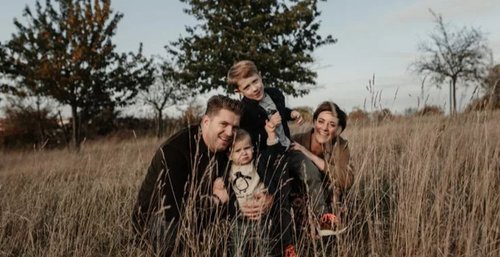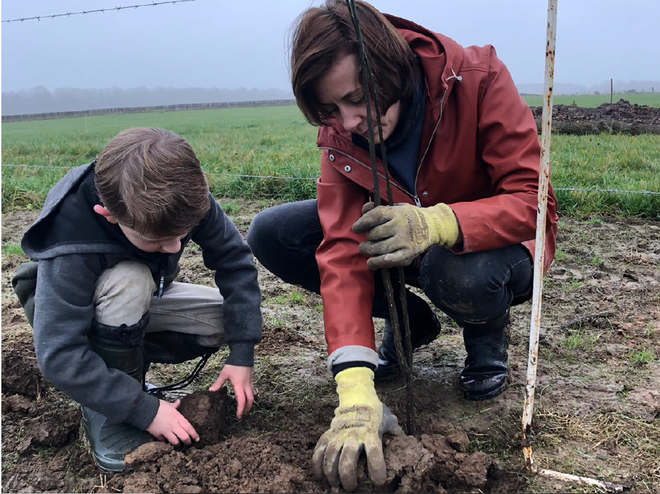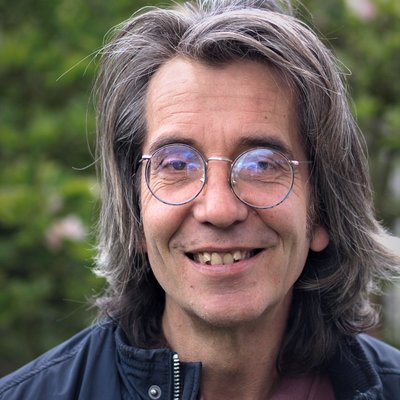Food Forest HEI 15
Food Forest HEI 15
Sint-Geertruid, Limburg
5 hectare
Erik Rietjens and Wouter van Eck
First planting: Winter 2021-2022
At the Mescherhei
HEI 15 or The Heihof, as the farm traditionally was called, has a rich history. The farm has been family-owned since 1920. In the 1930s, grandfather Jean started a 35-hectare dairy farm in the vast landscape of the Mescherhei. However, Stefan Lemlijn, member of the third generation of this farming family, decided to choose a new path in 2015. While in the past the family business focused on livestock farming and fruit growing, he and his wife Julie opted for a nature-inclusive approach. The food forest is an important pillar of this transition to a sustainable and ecological farm in which food production, recreation and education go hand in hand. The food forest will be planted in a hilly area, with height differences of fifty to sixty meters. Part of this area is intended for production, while in another part "experience" is paramount. In addition to the food forest, the land will include a standard orchard and herb-rich pastures for chickens, pigs and cattle. Water pools, hawthorn hedges, an oak forest and an alder hedge will also have a place on the site.

The food forest is a pillar of the transition to sustainable and ecological farming in which food production, recreation and education go hand in hand
The project started in late 2020. A (preliminary) design was made in 2021 and the planting of hedges and tree lines started in the Winter and has been completed. Among others, rough birch, black poplar, fladder elm, robinia, rose and birch were planted. A grid of pioneers has also been planted on part of the plot. Meanwhile, the perimeter of the food forest has been planted, and work has also begun on further developing the food forest. Part of the food forest is earmarked for the planting of production-oriented crops and there is plenty of room for special species. Stefan and Julie will process the harvest themselves and will offer the products to guests of their Bed & Breakfast, among others. Another part is intended for a local catering company and for other partners who want to join the initiative. The design was refined in early 2022 and subsequently, the final planting plan was developed in collaboration with the caterer. A large amount of production planting took place on the loess soils in the Winter of 2022-2023.

Related news
We are working on this project...
Erik Rietjens
Wouter van Eck




